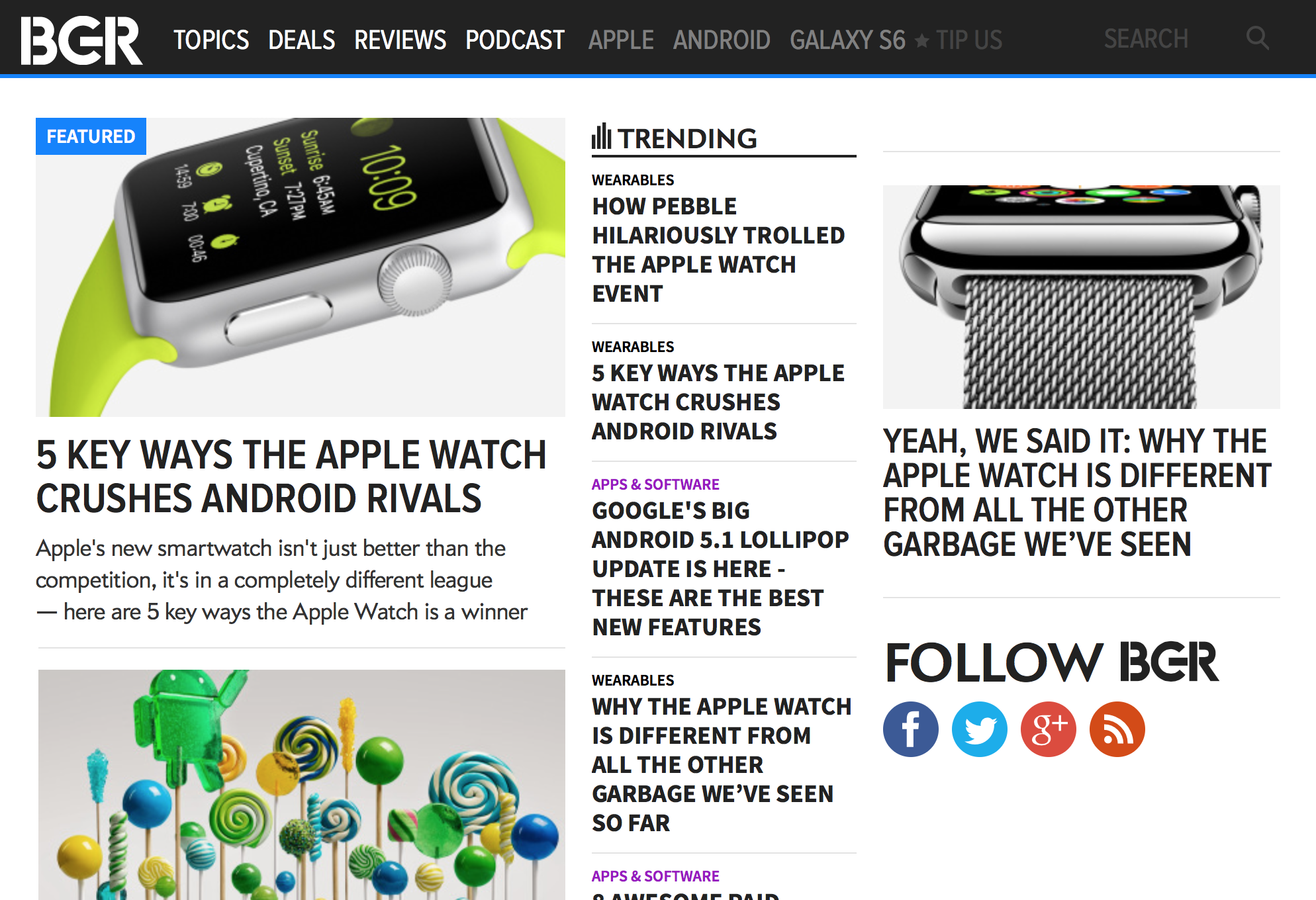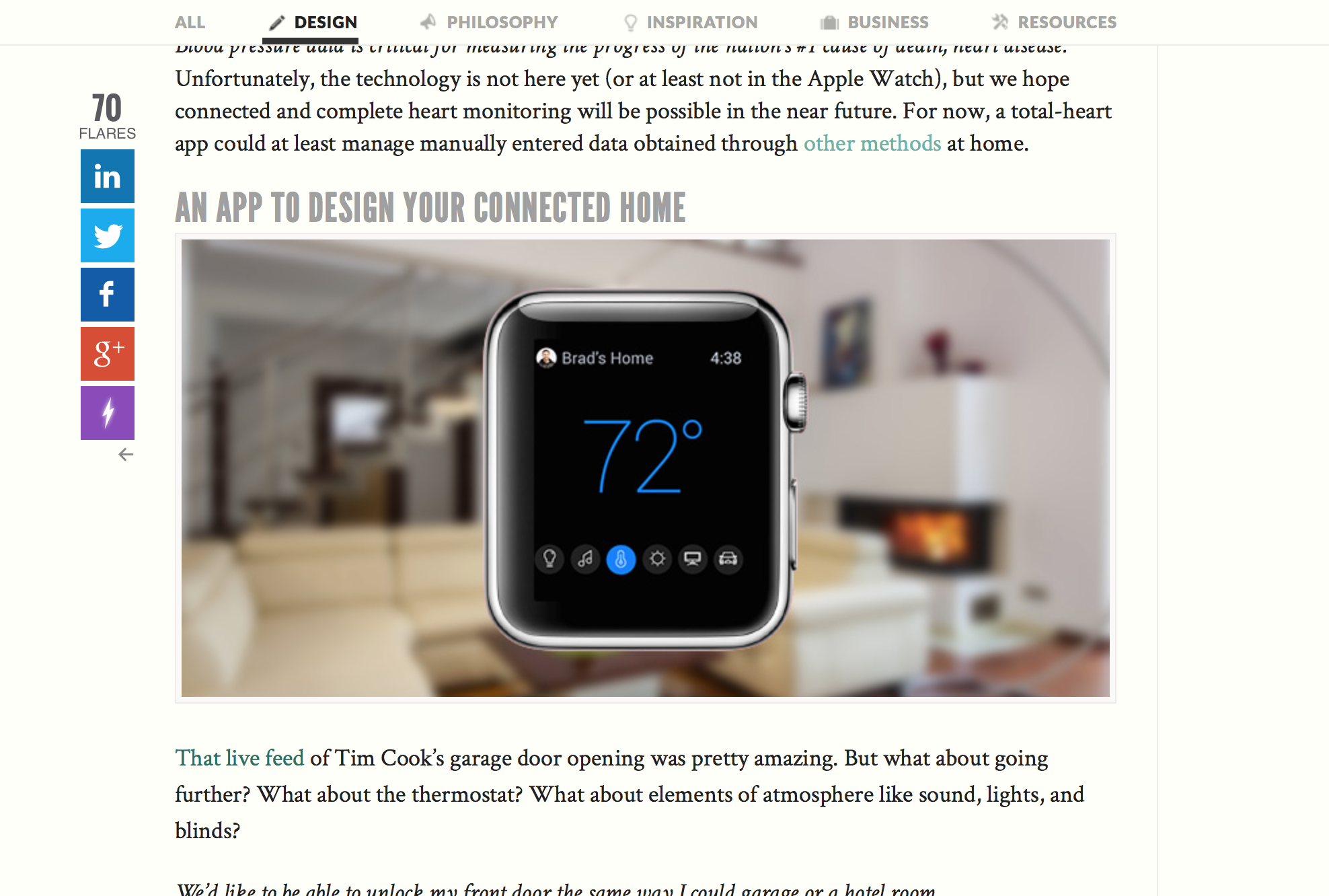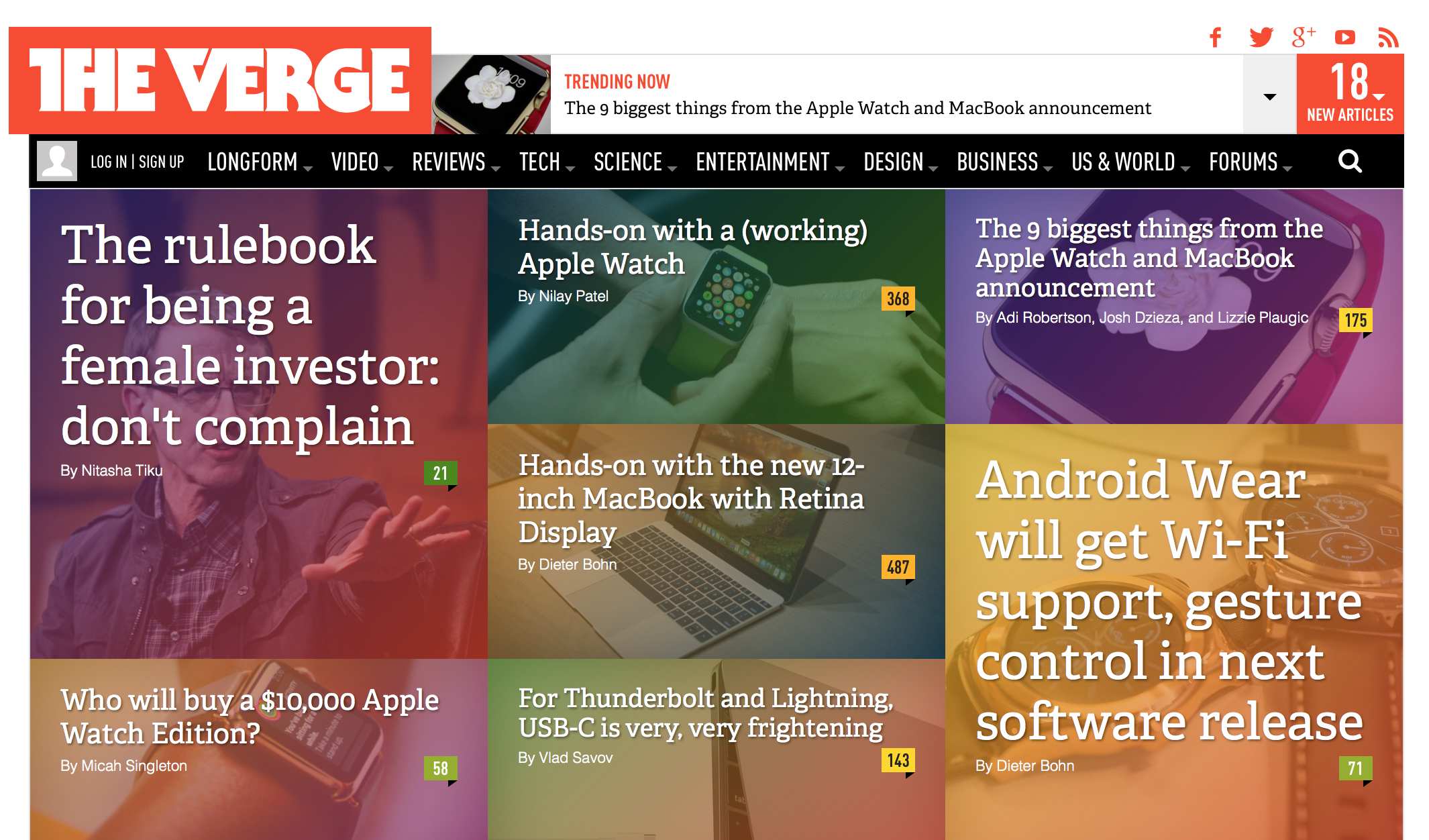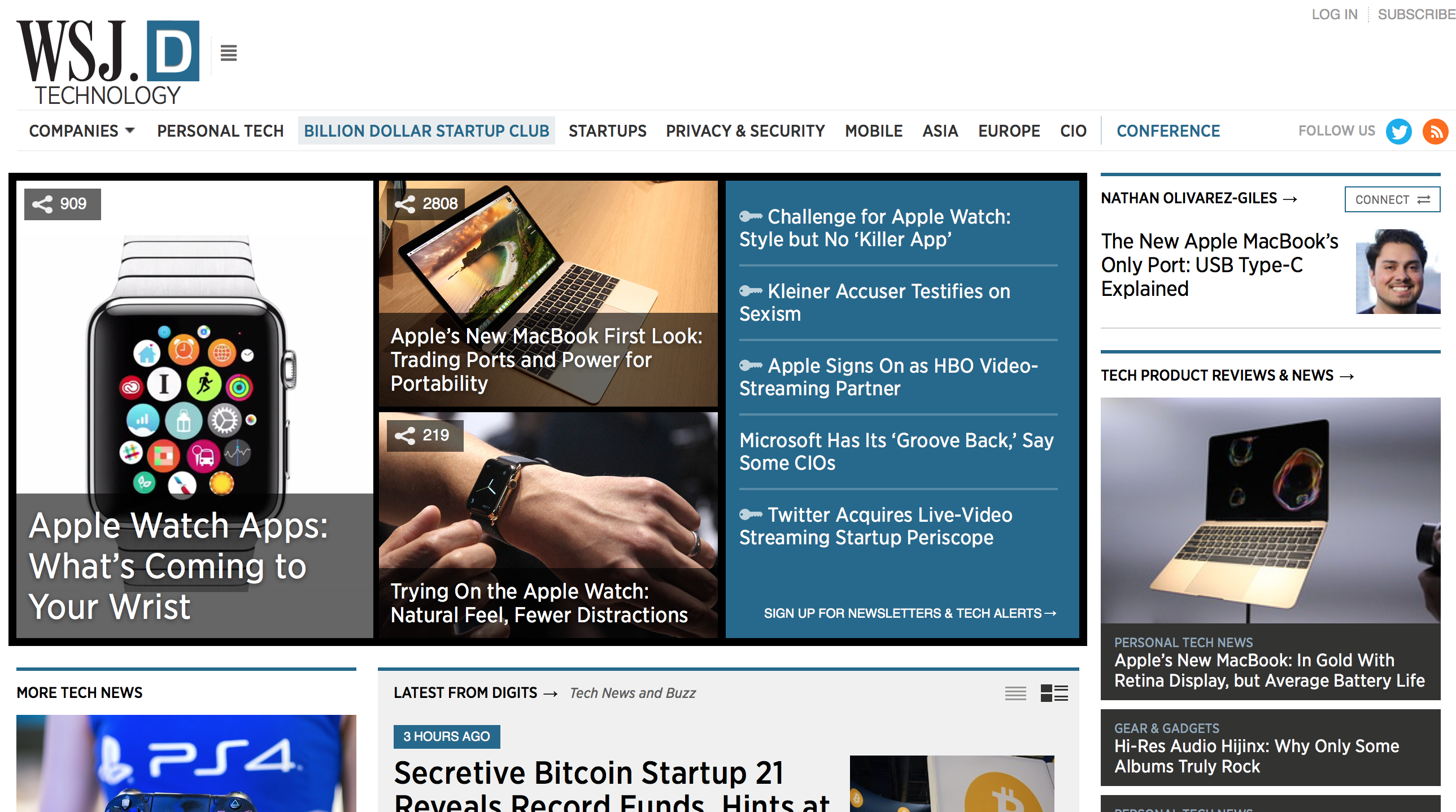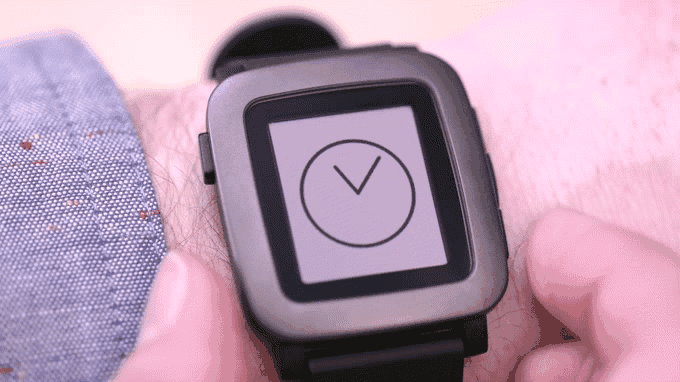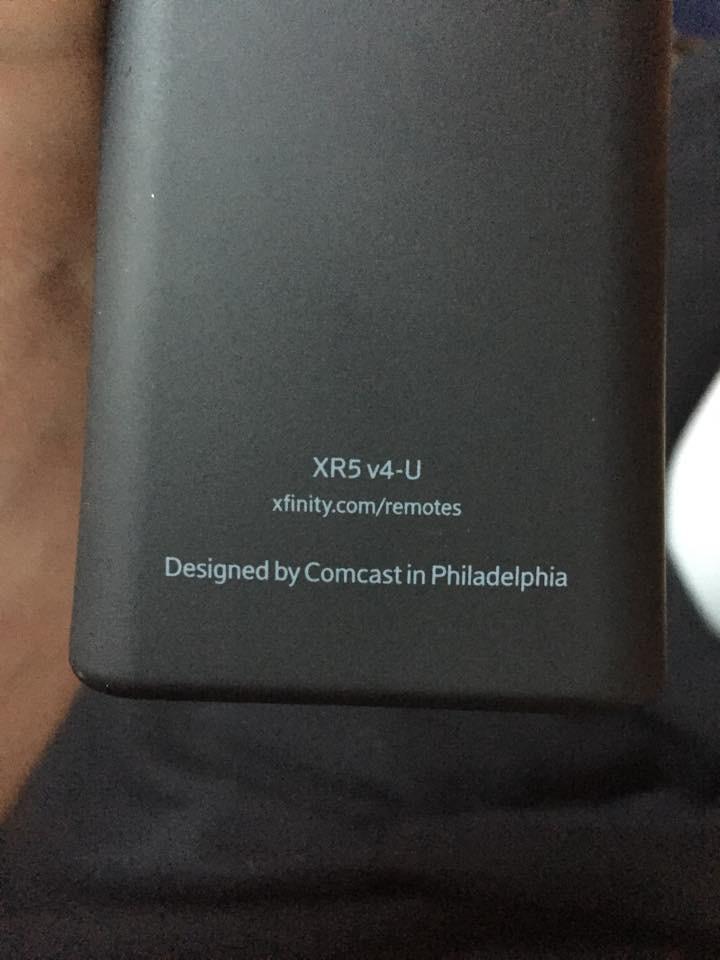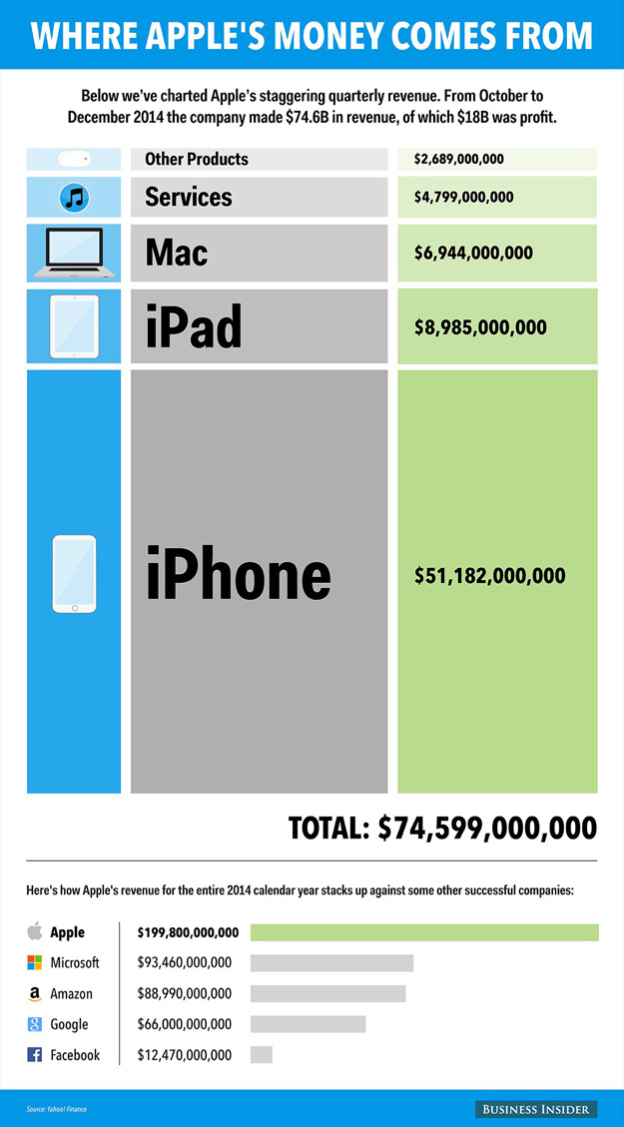When you launch a new product how it works is important (duh), how it looks is important, and how you photograph it is also very important.
You want your product to go viral, so make it as easy as possible for this to happen. This is where your product photography can help.
Your product photography is not just important on your website and promotional materials. It’s also important to all the people and news outlets you want talking about your product. Great photography increases your odds of them talking about it. Your great photography makes all the blogs and news sites look better. Give them images they can “steal”.
I was reminded of this after Apple’s Watch Keynote last week. They’re obviously Apple, so people will be talking about their new shiny stuff regardless of what photography exists, but just look at how impactful their product shots are:
